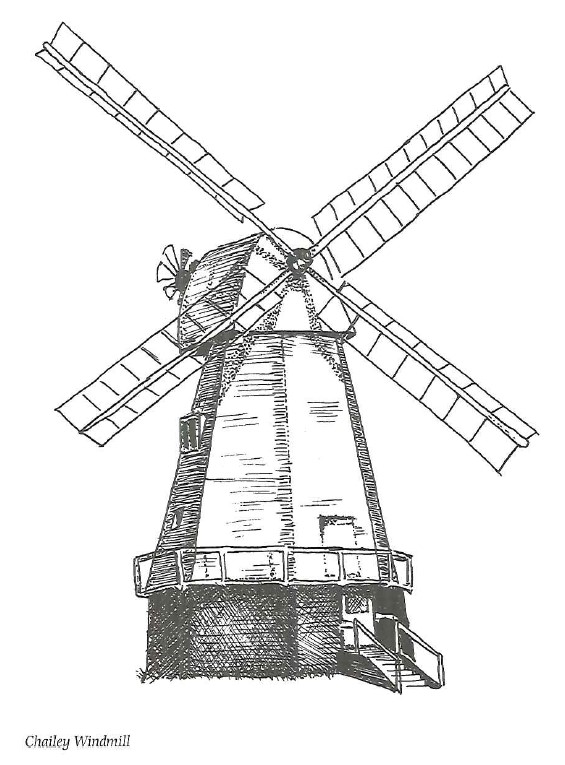Picturesque it isn’t. Some would even dispute its right to be described as a village in its own right. But its people stick up fiercely for this appendage to the far more historic community of Plumpton, two miles down the road, and it is interesting to see how such a comparatively new rural community can Swiftly establish a sense of identity.
It also at one time boasted one of the wonders of Sussex, if the locals are to be believed. It took the form of Chinese Gardens which were situated in a wood next to Shergolds Farm. During the Forties and Fifties a Mr Ellis travelled from Eastbourne every day to create and tend the gardens, though whether he owned the site or not is unclear. Open days were held at the gardens, which featured many exotic plants and pagoda-style buildings.
But one day Mr Ellis failed to arrive. Rumour had it that he had died. The gardens fell into decline and eventually became choked by the woodland undergrowth.
Plumpton Green grew up beside the railway station, swiftly acquiring all the virtues of mid-Victorian country life: spacious villas, a church (unusual in that it has an octagonal tower) and a school built in 1878 to replace the miniature schoolroom which Plumpton had built in 1837. The first headmaster of the new establishment must have been a rather awesome figure who certainly commanded respect.
Daddy Batchelor, as he was known, was recalled in 1974 when the school was about to be superseded by a new, antiseptic structure. The Victorian scholars’ jingle to their mentor was chanted at a special open day:
“Old Daddy Batchelor’s a nice old man, He tries to teach us all he can, Read, write and arithmetic, He never forgets to give us the stick.
When he does, he makes us dance, Out of England into France, Out of France into Spain, Over the hills and back again.”
Mr Raymond Woods was one of many locals who share happy memories of schooldays in Plumpton Green. On Ascension Day it became traditional for the youngsters to walk two miles for a service at St Michaels in Plumpton, then climb to The Cross on the Downs for a sandwich lunch. The afternoon would be spent below Black Cap ‘sliding down the hillside on our bottoms.’
The Cross, incidentally, is only visible in the early morning or evening when the sun casts the right shadow. A plaque at the site maintains that it marks the site of the Battle of Lewes in 1264. This seems highly unlikely so far to the west, and locals have a more plausible story: that the cross was a guide for Crusaders heading for the coast on the long journey to fight in the Holy Land.
It stands below Plumpton Plain on the downland summit, from which the view is so lovely that it must be savoured – or woe betide you:
“He who gallops o’er Plumpton Plain Deserves n’er to gallop again.”
With the building of the National Hunt racecourse, Plumpton Green has become a hive of activity on race days and at the end of the Second World War the village was agog at the prospect of an even greater claim to fame: as the site of London’s new airport. How this rather ridiculous rumour came to be established is unknown, but it gradually faded away as did the wartime airfield to the north of the village for which such grandiose plans were said to be in the pipeline. The hasty building of the airfield had necessitated the demolition of a pub. Happily, The Plough was resurrected on a new site.
